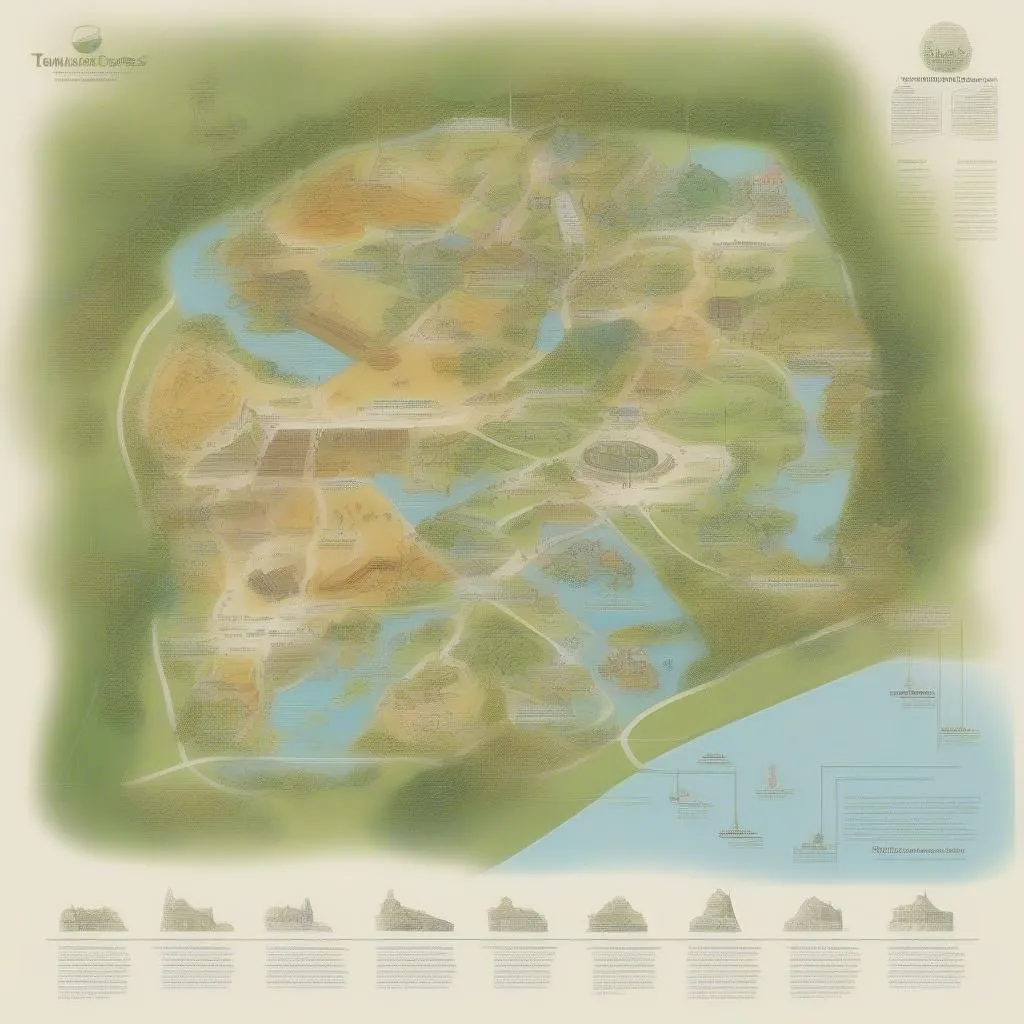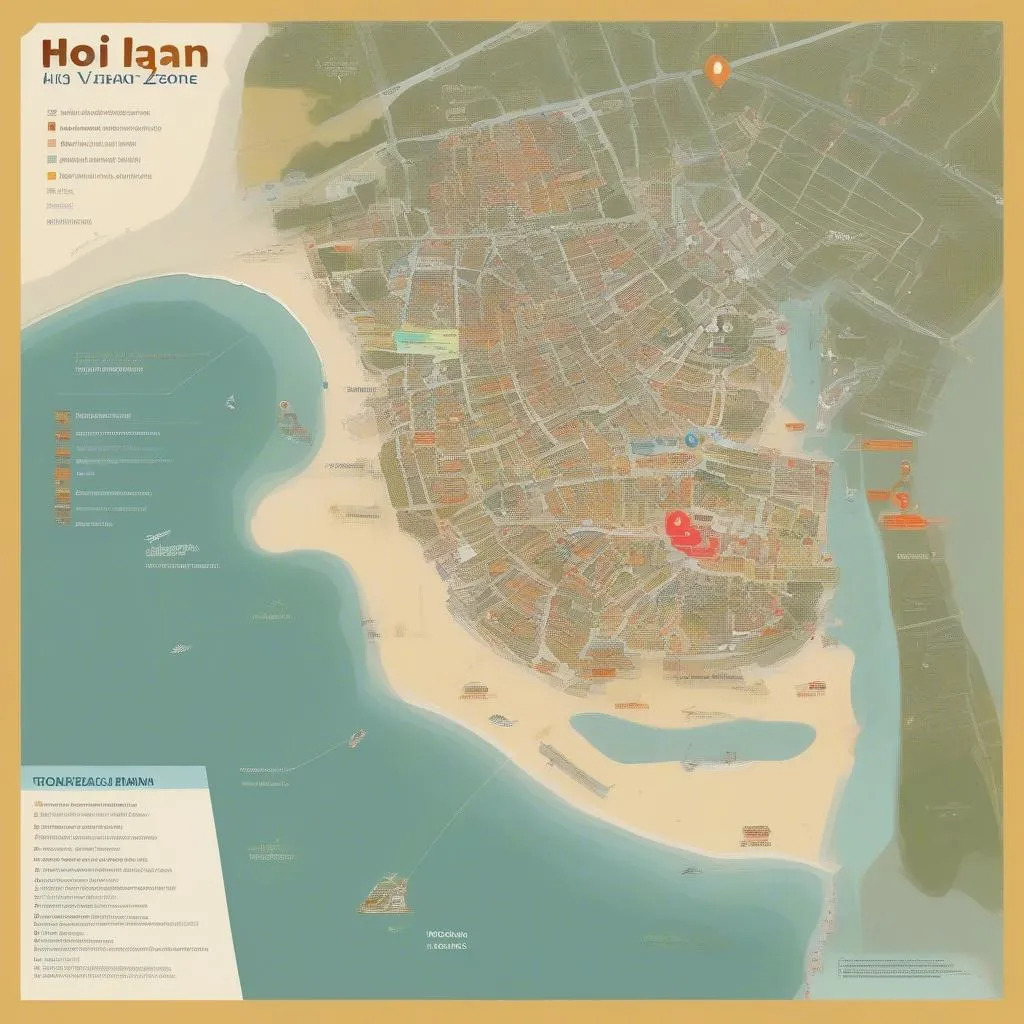Have you ever wondered how destinations are categorized in the tourism industry? How does a bustling metropolis like Tokyo compare to a tranquil island paradise like Bali in the eyes of tourism professionals? The answer lies in zoning in tourism and its intricate classification systems, a fascinating aspect of travel planning that often remains hidden from the average traveler.
What is Zoning in Tourism and Why Should You Care?
Imagine planning a trip without knowing if you’re headed to a bustling city center filled with historical landmarks or a serene mountain retreat perfect for hiking. That’s where tourism zoning comes in. It’s the practice of dividing a region into different zones based on their suitability for specific tourism activities. Think of it as a giant puzzle, where each piece represents a unique area designed to cater to particular interests and travel styles.
This meticulous categorization helps in numerous ways:
- Efficient Resource Allocation: Governments and tourism boards can invest wisely in infrastructure and services that align with the designated zone’s characteristics. For example, a historical district might receive funding for restoration projects, while an ecotourism zone might see investments in sustainable practices.
- Sustainable Tourism Development: Zoning helps control the environmental and cultural impact of tourism by concentrating development in appropriate areas. By designating specific zones for high-impact activities like adventure sports, fragile ecosystems can be protected.
- Enhanced Visitor Experience: Tourists can easily identify destinations that match their preferences. A family looking for a child-friendly beach vacation can confidently choose a zone known for its calm waters and family-oriented resorts.
This is a visual representation of a well-zoned tourism area:
 Tourism Zoning
Tourism Zoning
Delving into Classification Systems: Unveiling the Layers
Tourism zoning classification systems are the backbone of this organizational marvel. They provide a standardized framework for categorizing destinations based on various factors, ensuring consistency and clarity for both tourism operators and travelers.
Several classification systems exist, each with its unique approach:
- The MICE (Meetings, Incentives, Conferences, and Exhibitions) Classification: This system focuses on destinations catering to business tourism. Cities like Las Vegas and Singapore, known for their world-class convention centers and infrastructure, often top this list.
- The UNESCO World Heritage Site Designation: This prestigious classification highlights locations with outstanding universal value, like the ancient ruins of Machu Picchu or the Great Barrier Reef.
- The Global Sustainable Tourism Council (GSTC) Criteria: This system evaluates destinations based on their commitment to environmental, social, and economic sustainability.
Navigating Tourism Zones: A Practical Example
Let’s take a hypothetical trip to illustrate this concept. Imagine you’re interested in exploring the cultural heritage of Vietnam. You might come across a travel blog from “Professor Nguyen Van Minh,” a fictional expert in Southeast Asian tourism, highlighting Hoi An as a prime example of a well-preserved ancient town.
Hoi An, a UNESCO World Heritage Site, is a shining example of successful tourism zoning. The town’s historic core, a meticulously preserved blend of Chinese, Japanese, and Vietnamese architecture, is designated as a pedestrian-only zone, ensuring a tranquil atmosphere for visitors. Meanwhile, nearby Cua Dai Beach offers a range of water sports and beachfront resorts for those seeking relaxation.
This is a visual representation of Hoi An, Vietnam, showcasing its zoned tourism areas:
 Hoi An Tourism Zones
Hoi An Tourism Zones